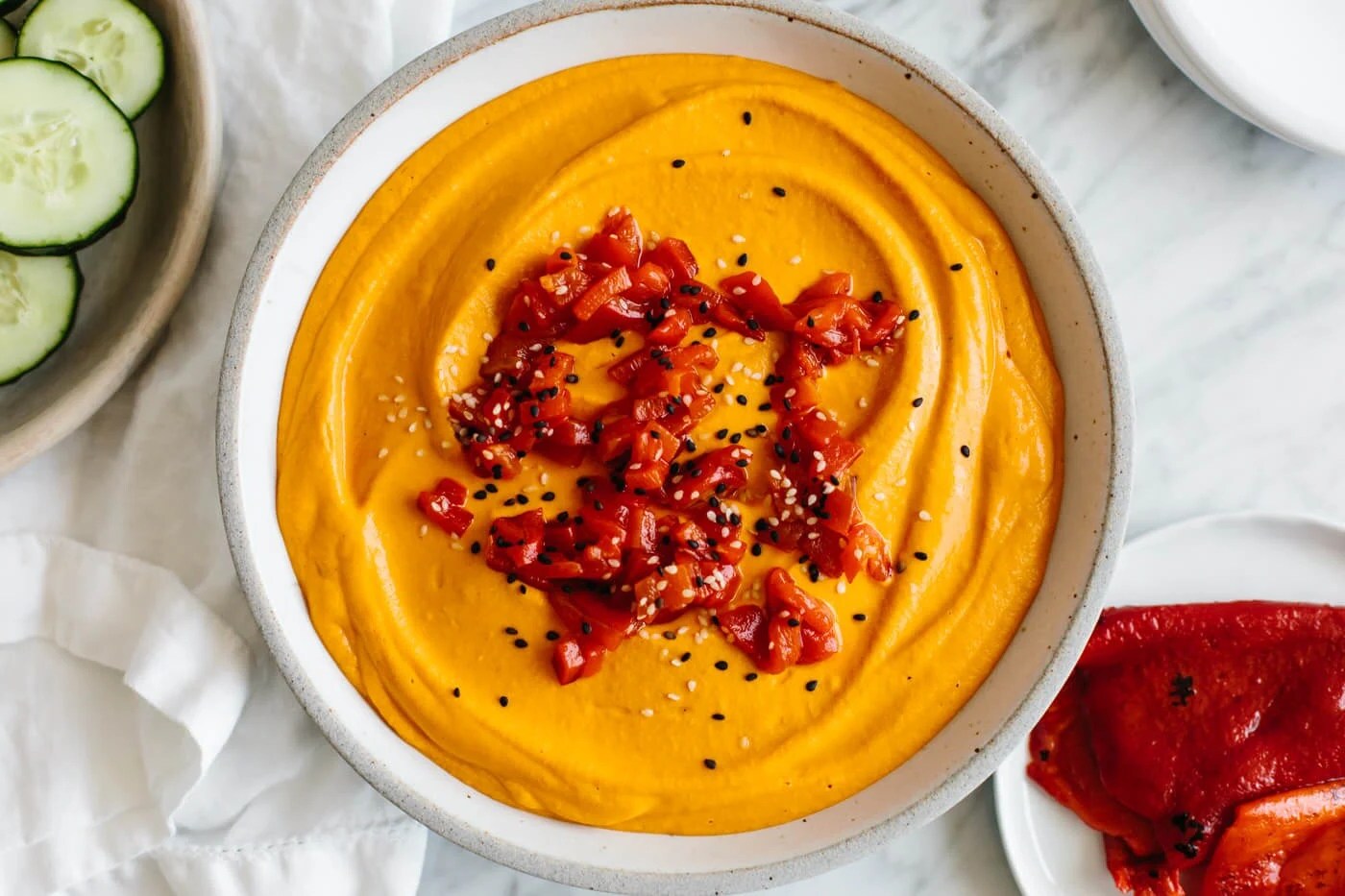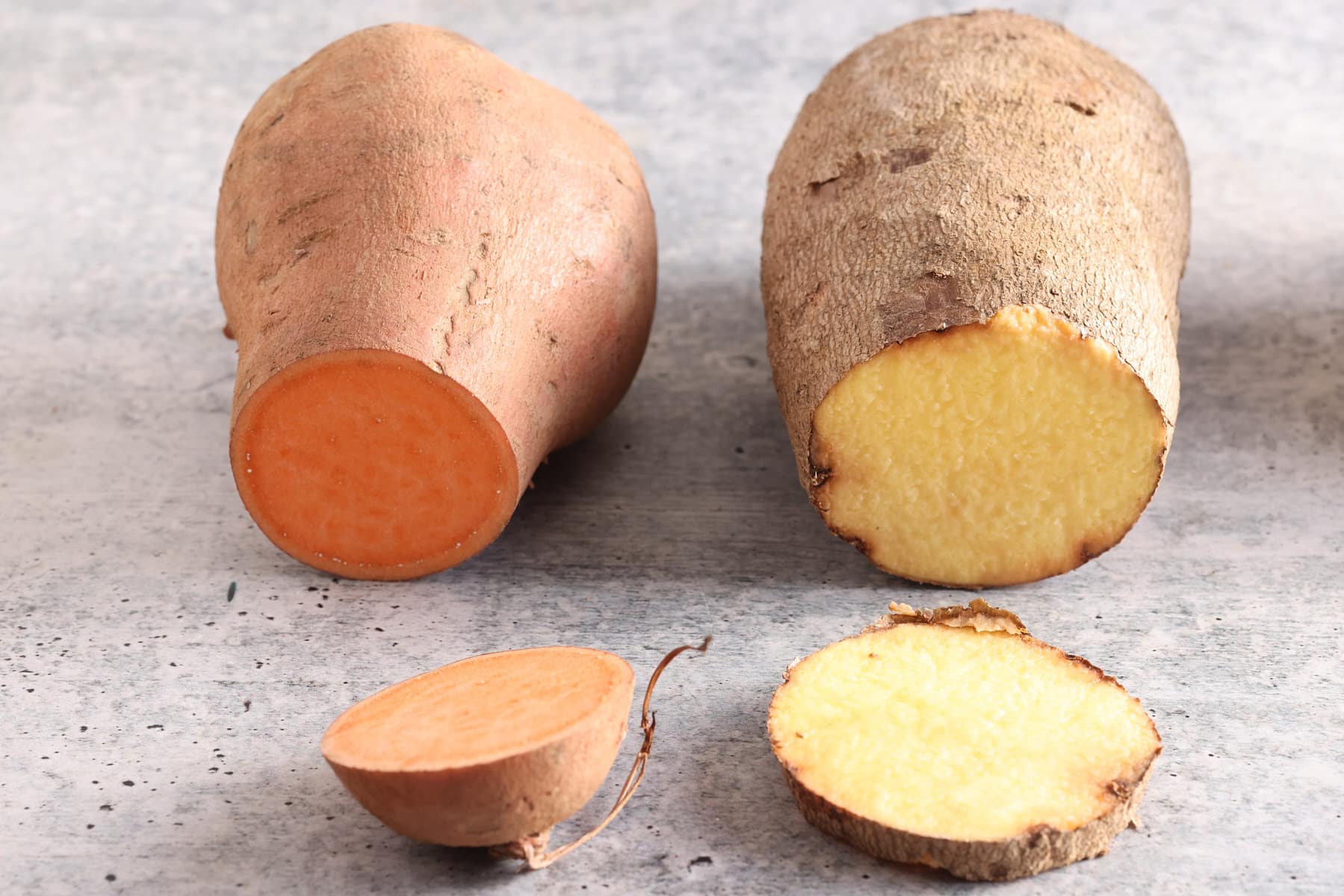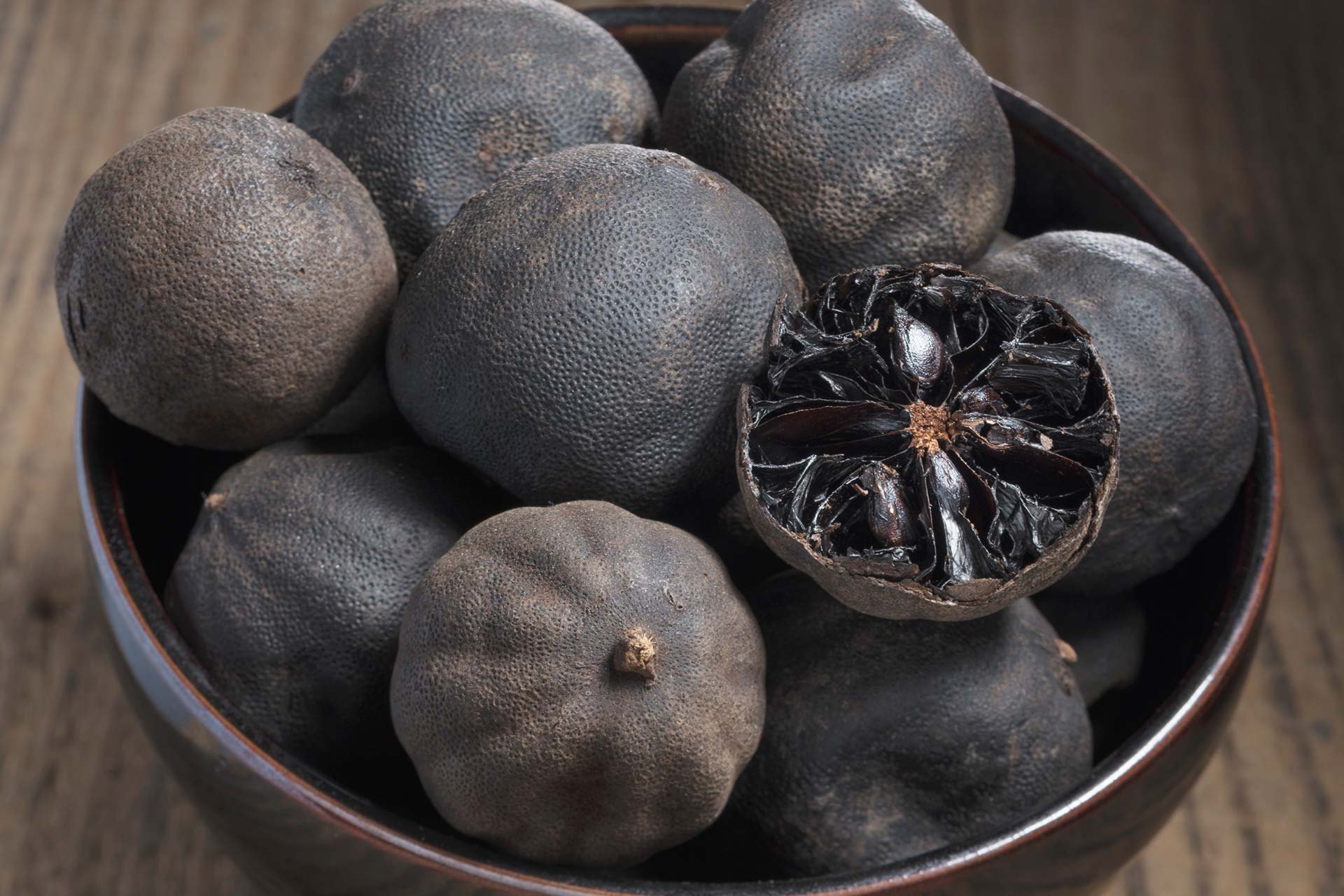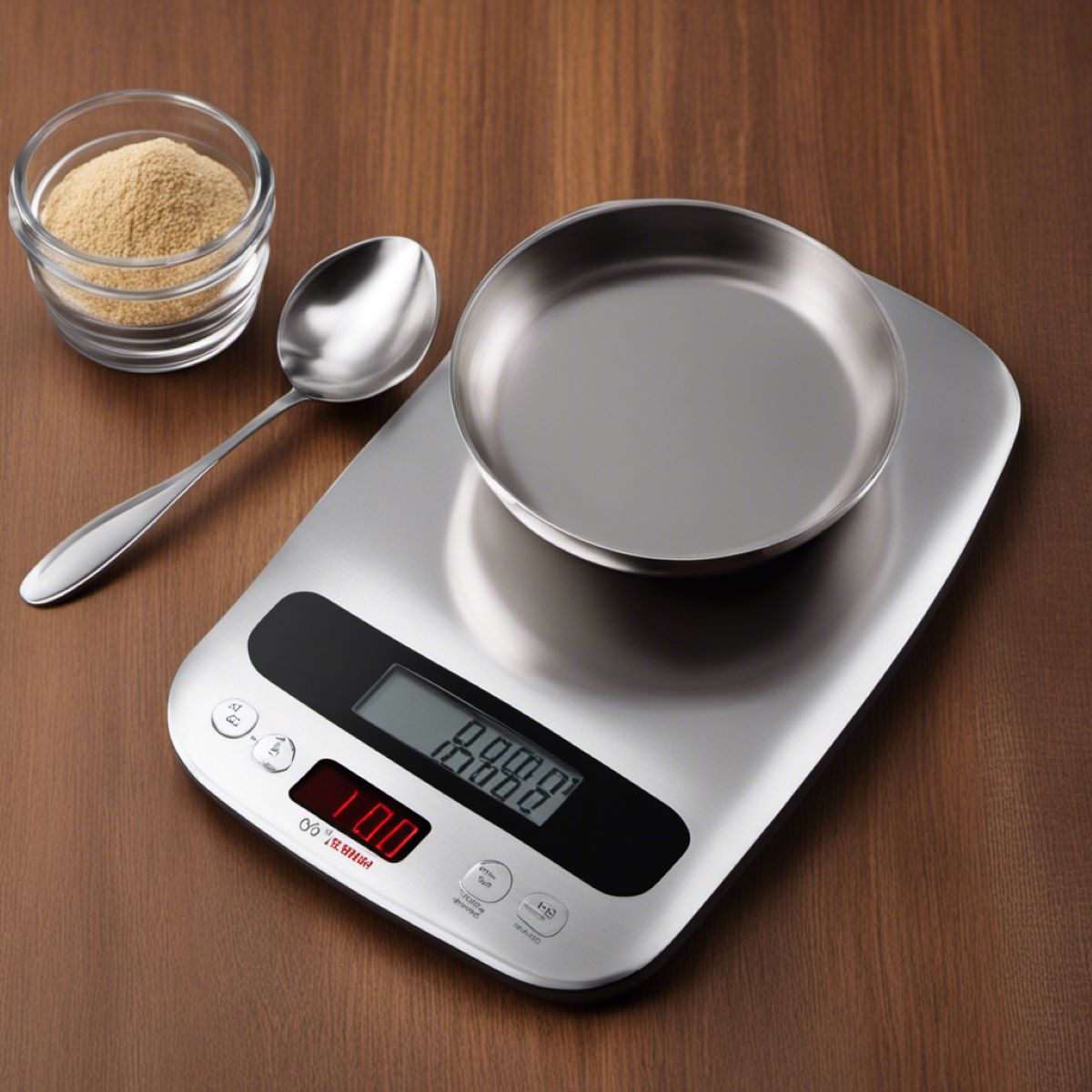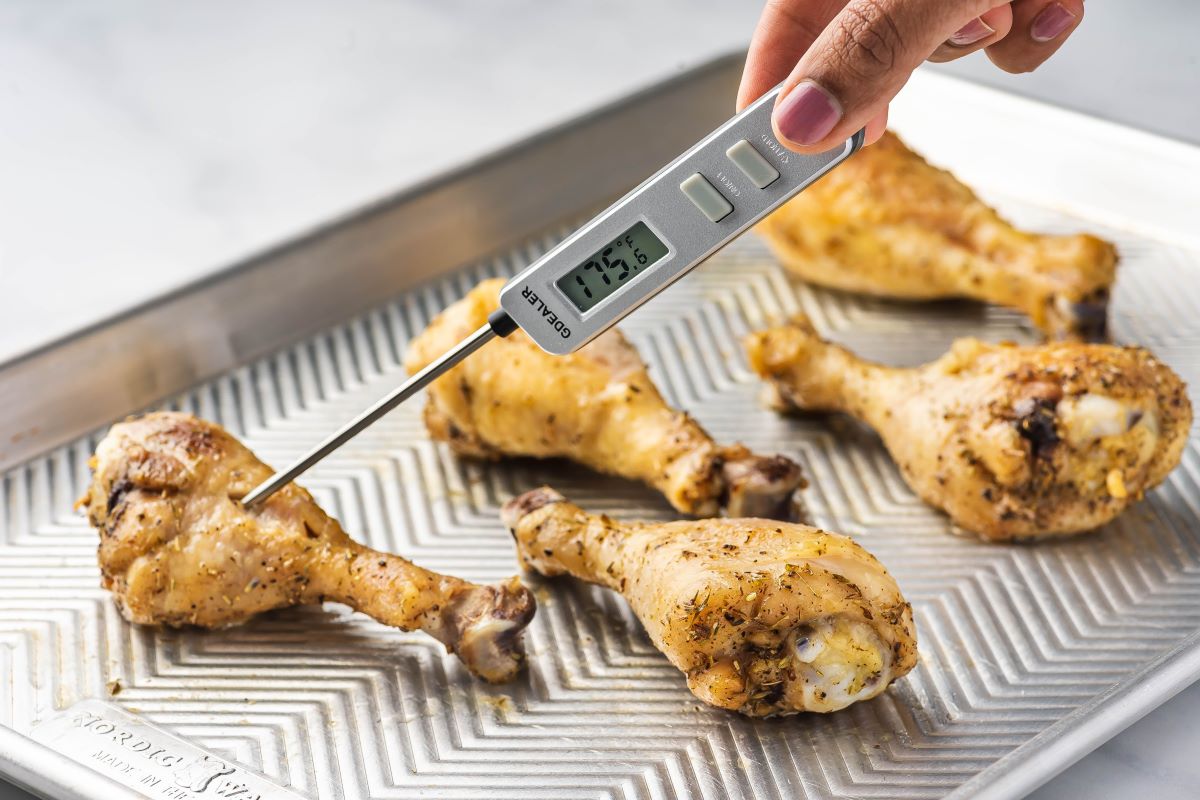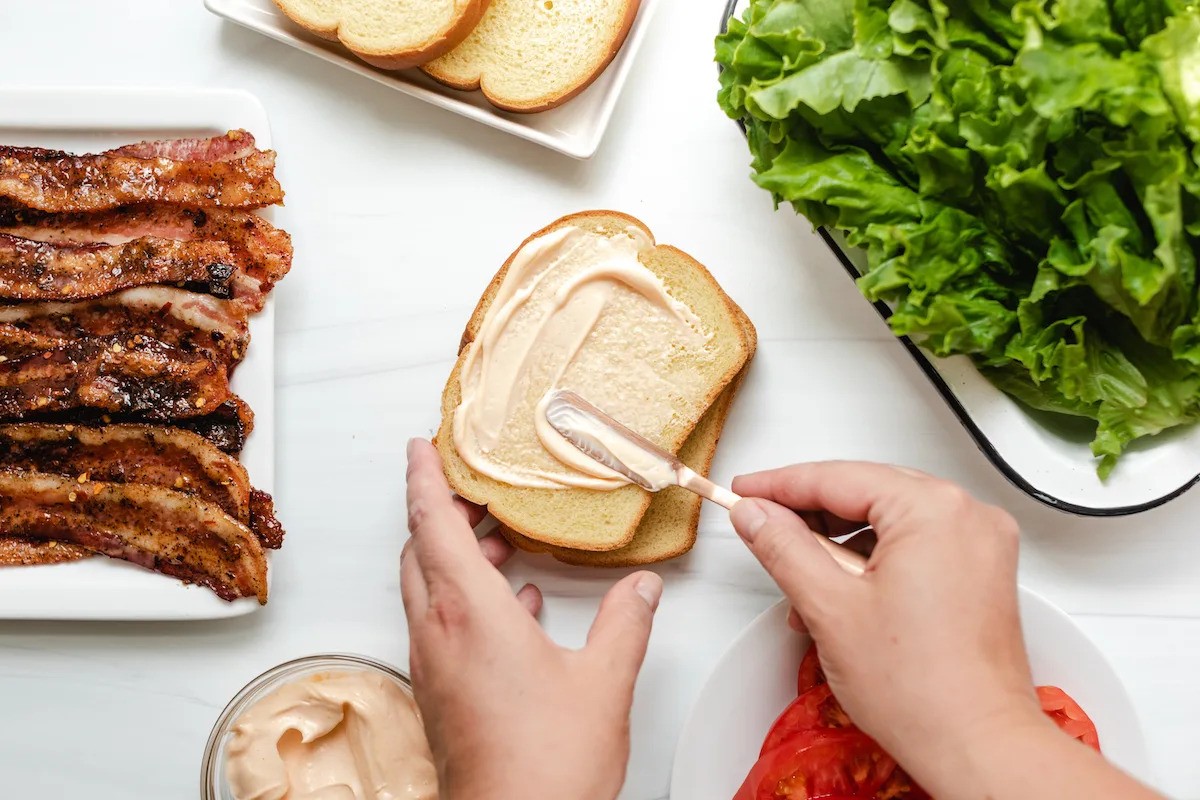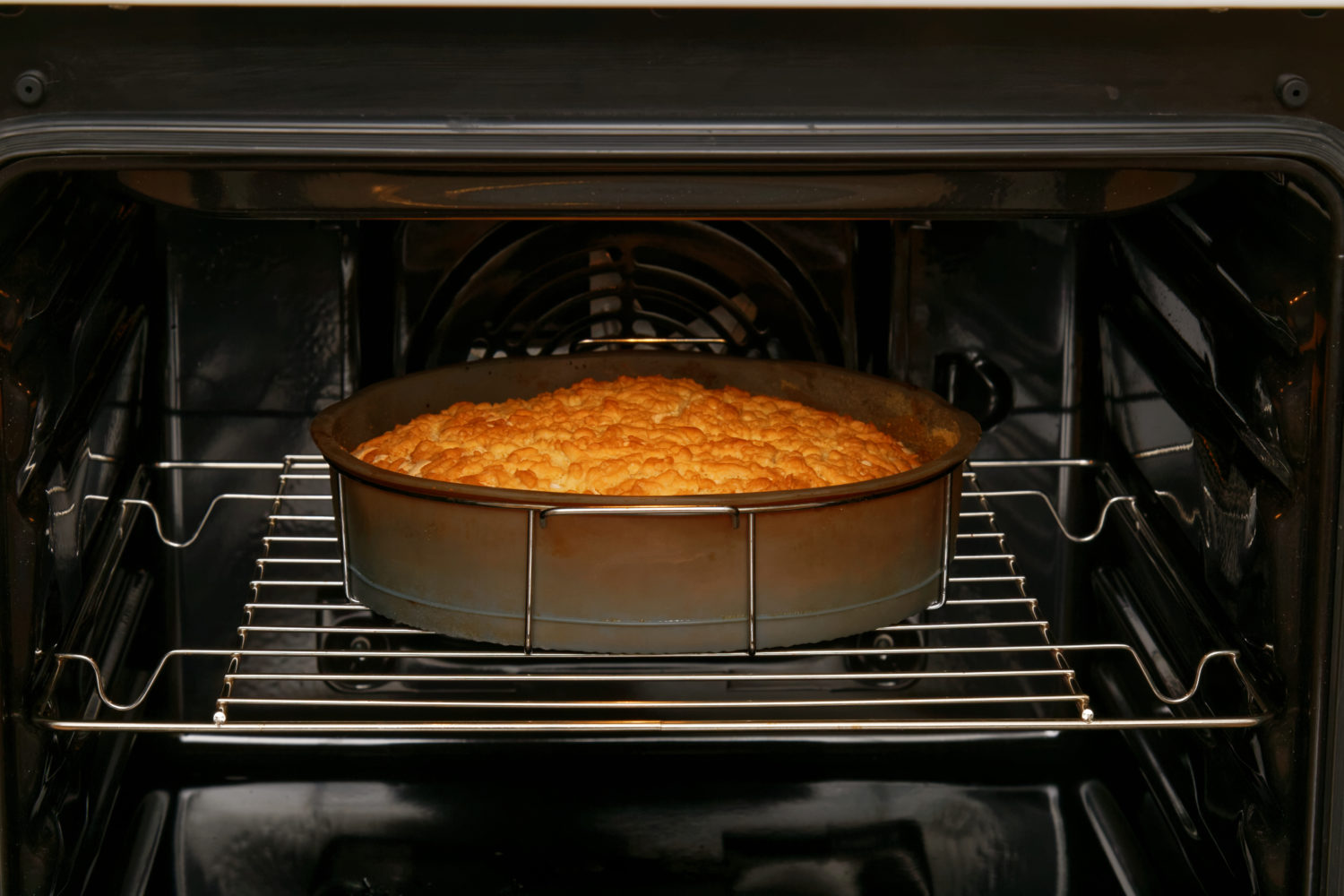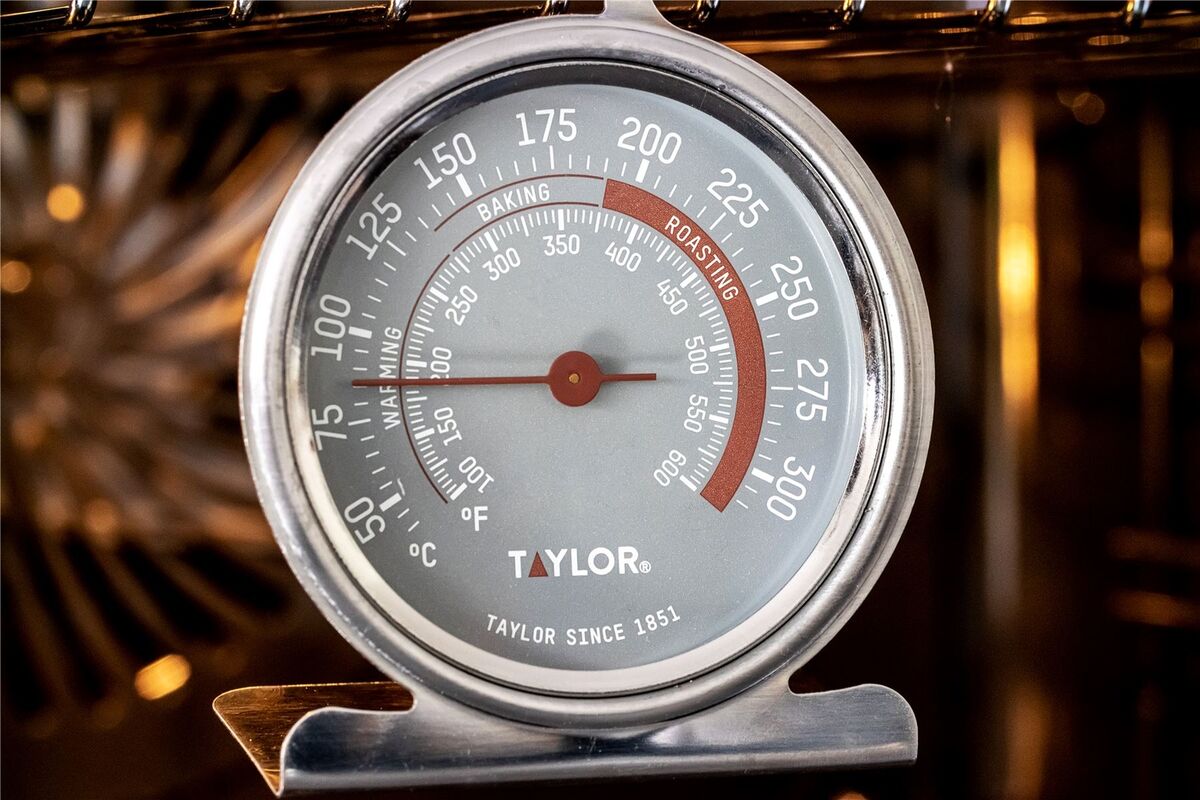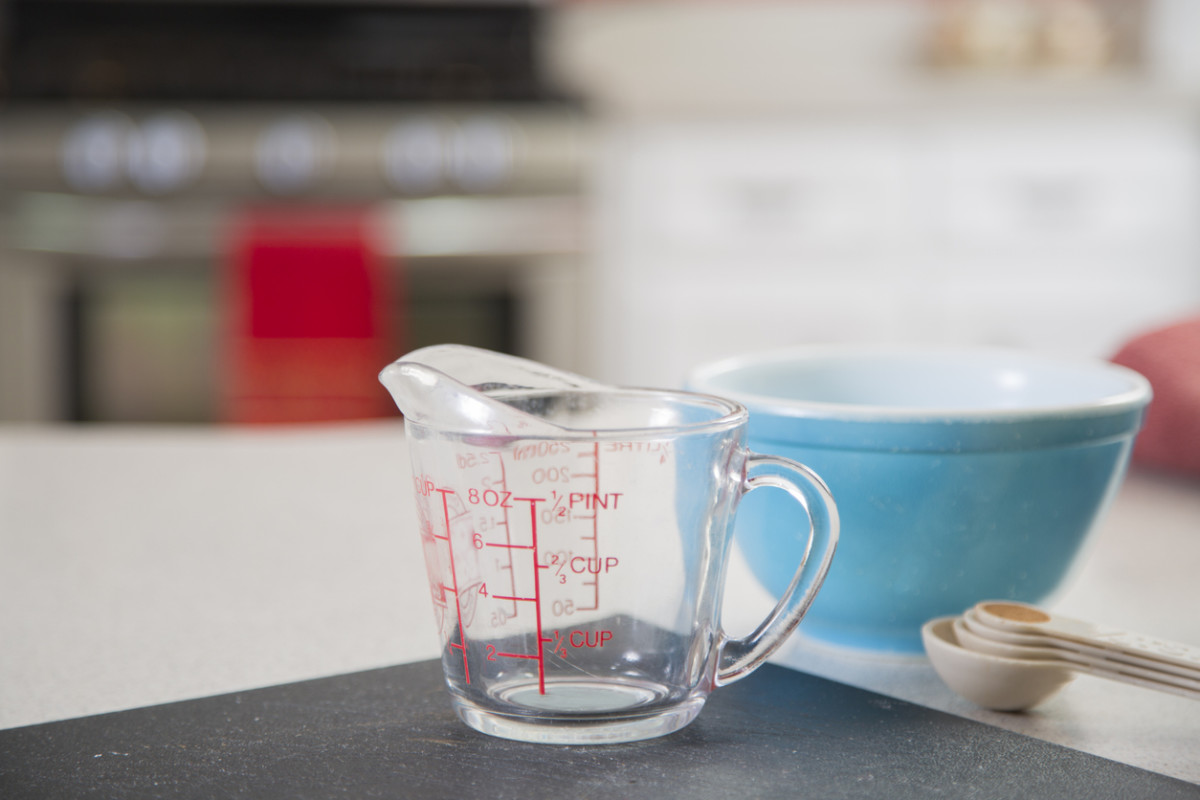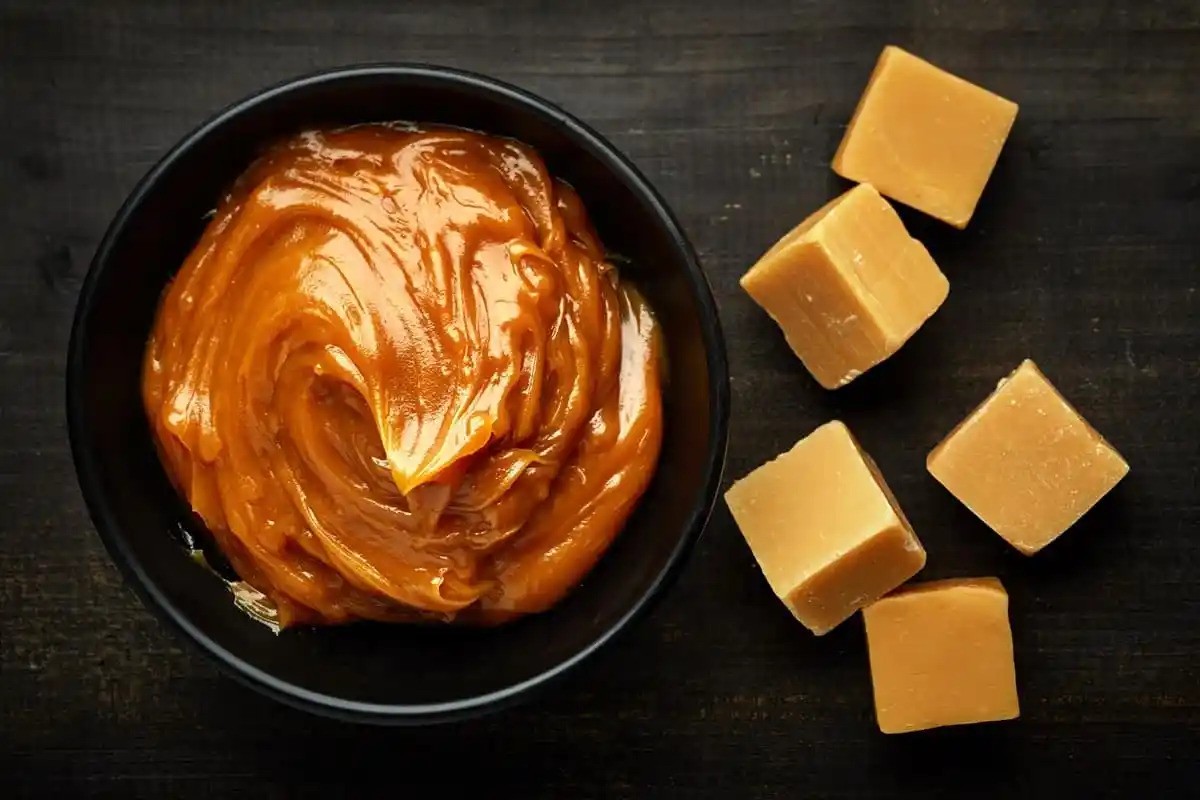Discovering the Delightful Belgian Endive
Belgian endive, also known as witloof chicory, is a unique and versatile vegetable that has been delighting taste buds for centuries. This leafy green is a member of the chicory family and is prized for its slightly bitter flavor and crisp texture. Let’s take a closer look at this intriguing vegetable and explore its culinary uses and nutritional benefits.
Appearance and Cultivation
Belgian endive is known for its distinctive appearance. It consists of tightly packed, elongated leaves that form a compact head. The leaves are pale yellow or white in color, with slightly curled edges. This vegetable is grown through a special process known as blanching, where the roots of chicory plants are harvested and placed in a dark, cool environment. This encourages the growth of the tender, pale leaves that are characteristic of Belgian endive.
Culinary Uses
Belgian endive is a versatile ingredient that can be enjoyed in a variety of ways. Its crisp texture and slightly bitter flavor make it a popular addition to salads, where it adds a refreshing crunch and a hint of complexity. Additionally, Belgian endive can be used in cooked dishes, where its unique flavor profile can complement a wide range of ingredients. Whether raw or cooked, this vegetable adds a touch of sophistication to any dish.
Here are a few creative ways to incorporate Belgian endive into your culinary repertoire:
- Use whole leaves as a vessel for dips or spreads, creating an elegant and flavorful appetizer.
- Add chopped Belgian endive to soups and stews for a pop of freshness and texture.
- Grill or roast Belgian endive to bring out its natural sweetness and caramelized flavor.
- Pair Belgian endive with creamy cheeses and nuts for a sophisticated and satisfying salad.
Nutritional Benefits
Belgian endive is not only a culinary delight but also a nutritional powerhouse. This vegetable is low in calories and carbohydrates, making it a great choice for those looking to maintain a healthy diet. It is also a good source of fiber, which supports digestive health, and contains a variety of vitamins and minerals, including vitamin K, vitamin A, and folate. Additionally, Belgian endive contains a small amount of antioxidants, which can help protect the body from oxidative stress.
In Conclusion
Belgian endive is a truly unique and versatile vegetable that deserves a place in any kitchen. Whether enjoyed raw in salads or cooked in a variety of dishes, its crisp texture and slightly bitter flavor add a delightful dimension to meals. Packed with nutritional benefits and culinary potential, Belgian endive is a must-try for any food enthusiast looking to expand their palate and explore new flavors.
Next time you’re at the grocery store or farmer’s market, be sure to pick up a head of Belgian endive and experiment with incorporating this delightful vegetable into your cooking. Your taste buds will thank you!
Was this page helpful?
Read Next: What Is A Corn Dog
